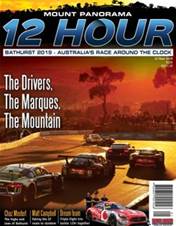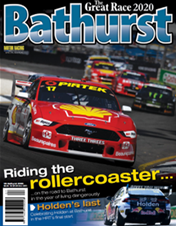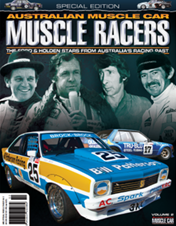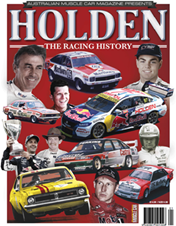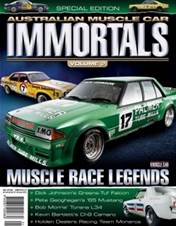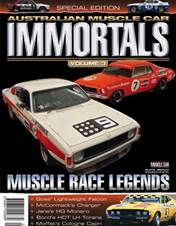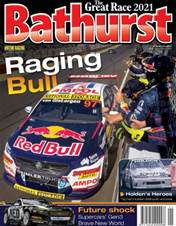We featured the fascinating Ilinga project in detail back in AMC #61. This luxury four-seater, two-door sports coupe was first revealed to the public at the 1975 Melbourne Motor Show. The Ilinga was to be powered by the Leyland V8 from the P76 series, with production of 100 cars a year planned, before financial problems killed the project. In the end only two prototypes were ever built, with one survivor donated to the Melbourne Museum.
This car, the same one as displayed at the Melbourne Motor Show 40 years ago, is back on display as part of the museum’s series of engineering and transport exhibits. It’s been in storage since the 1980s.

The survival – and now display – of the Ilinga AF2, as it was officially known, highlights that it went very close to going into full production. Twenty staff were hired and a production plant was being set up in Port Melbourne before the project suddenly and dramatically ended.
The two founding partners were Daryl Davies and Tony Farrell. Davies was in charge of administration and finance, while Farrell was the designer. Davies was manager of Davies Craig Pty Ltd, a business making thermatic fans for fans, which survives and thrives today. Farrell had worked for the Bristol car company in England and, upon moving to Australia, became a noted circuit racer (he was first in class and sixth outright at Bathurst in 1974) and the designer/builder of clubman-style sportscars.
The pair had workshops in South Melbourne and liked to have a beer at a nearby pub and talk cars. It was over such an after-work beer that the Ilinga was conceived.

The initial concept was for a four-person luxury coupe capable of accelerating from zero to 60mph in under eight seconds, with a top speed of 135mph (217km/h). It had to be capable of travelling between Sydney and Melbourne without refuelling.
That top speed was exceeded at Ford’s You Yangs proving ground during testing.
After $200,000 had been spent on the two prototypes, one of the project’s major backers pulled out, and the company was unable to finance ongoing development and overcome the inevitable hurdles that popped up.

Australian motoring history is littered with similar attempts to create independent car companies. For many of them, the high cost of design and manufacture couldn't be spread over the small production volumes that the local market could support. And then there was heavy hand of government, with a strict regulatory framework in Australia that seemed almost tailor made to make low-volume production for smaller independents economically unviable.
It's sad to say, but a car like the Ilinga more than likely would have been a success had Farrell and Davies been producing it in the UK or the USA rather than in Melbourne.
Ilinga is an Aboriginal word meaning ‘towards the horizon’.

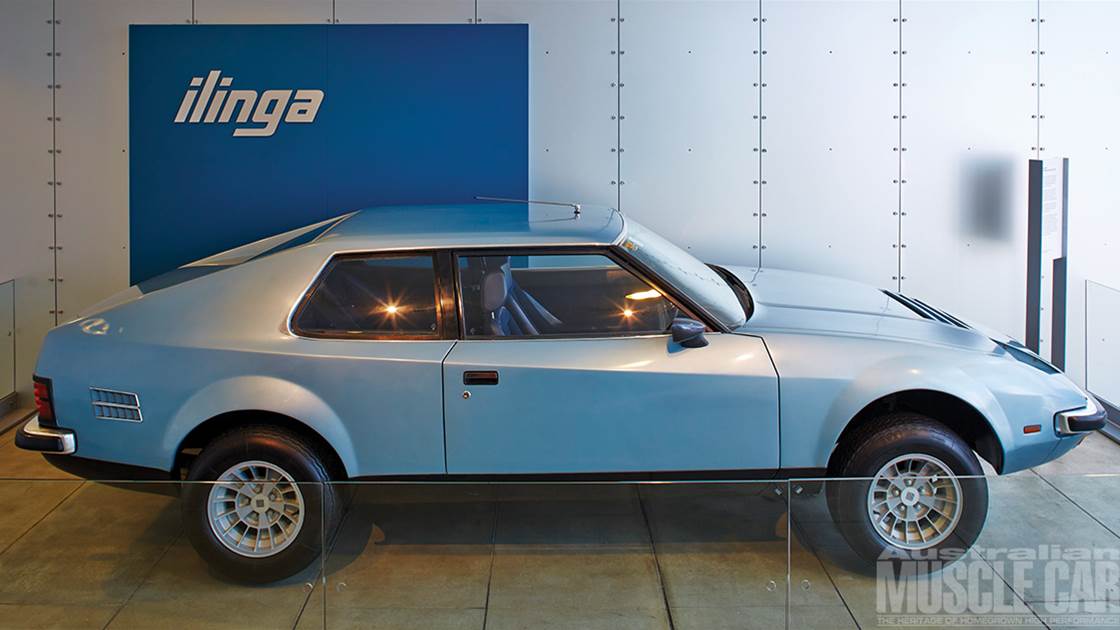




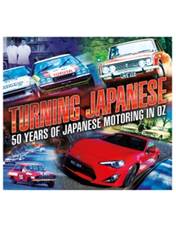
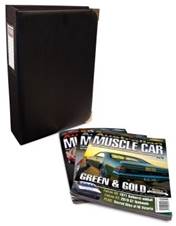


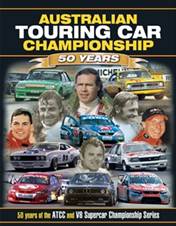

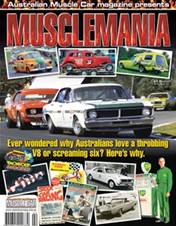
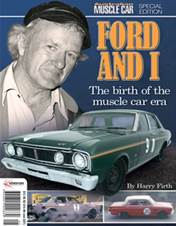
.jpg&q=70&h=226&w=176&c=1&s=1)
